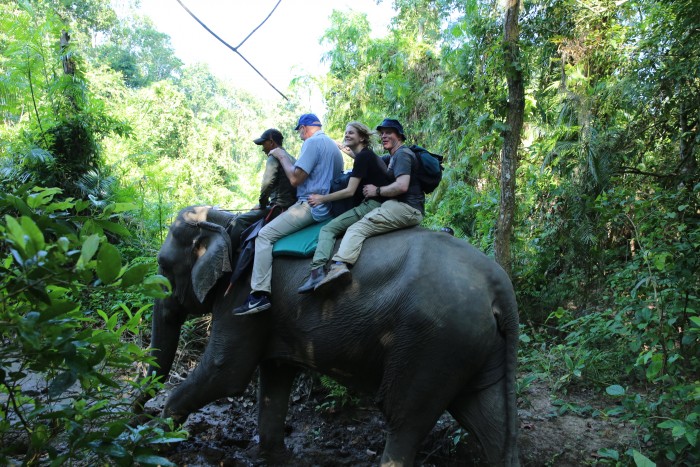Rice
Oryza spp.
Together with maize and wheat, rice supplies more than 42% of the calories of the human diet globally. Rice (Oryza spp.) is a staple food for about half of the world’s population. It is grown commercially in more than 100 countries on all continents except Antarctica, although the great majority of production and consumption is in Asia.
It is grown in both tropical and temperate regions, in both rainfed and irrigated systems. Two Oryza species are cultivated: O. sativa, grown worldwide, and O. glaberrima, grown mainly in West Africa but also in small pockets in Latin America.
Asian rice (O. sativa) contains two groups: japonica, grown in cooler zones of the tropics and temperate zones; and indica, grown in tropical and subtropical regions.
Collecting
Collecting Projects
Asian rice was domesticated in China between 8200-13500 BP and expanded to South, East and Southeast Asia. Asian rice reached Lower Mesopotamia, Greece and the Mediterranean in the late centuries BC. From there, it gradually spread to southern Europe. Portuguese and Spanish settlers introduced rice to the New World during the Columbian Exchange.
African rice (O. glaberrima) was first domesticated between 2,000-3,000 BP in the Upper Niger River. African rice was introduced to the American continent during the 17th century through the slave trade.
Collections
Rice is conserved as botanical seeds.
According to the global strategy for the conservation of rice genetic resources, there are more than 500,000 rice accessions in the world. The six largest rice genebanks conserve together 70% of the world holding, and they are all located in Asia. The largest rice collections are held by The International Rice Research Institute (IRRI), followed by USDA-ARS genebanks and AfricaRice.
Genesys contains information on more than 200,000 rice accessions, with including nearly 65,500 landraces.
COLLECTING PARTNERS
- Agricultural Plant Genetic Resources Conservation and Research Centre (APGRC)
- Embrapa Genetic Resources and Biotechnology
- Plant Genetic Resources Institute (PGRI - Pakistan)
- Universidad de Costa Rica
- National Centre for Genetic Resources and Biotechnology (NACGRAB)
- National Agriculture Genetic Resources Center (NAGRC - Nepal)
- Plant Genetic Resources Research Institute (PGRRI, Ghana)
- Plant Genetic Resources Centre (PGRC, Uganda)
- Instituto de Ciencia y Tecnología Agrícolas (ICTA, Guatemala)
- Plant Resources Center (PRC, Vietnam)
- Instituto Nacional de Investigaciones Agropecuarias (INIAP, Ecuador)
- Kenya Agricultural and Livestock Research Organization (KALRO, Kenya)
- Malaysian Agricultural Research and Development Institute (MARDI, Malaysia)


